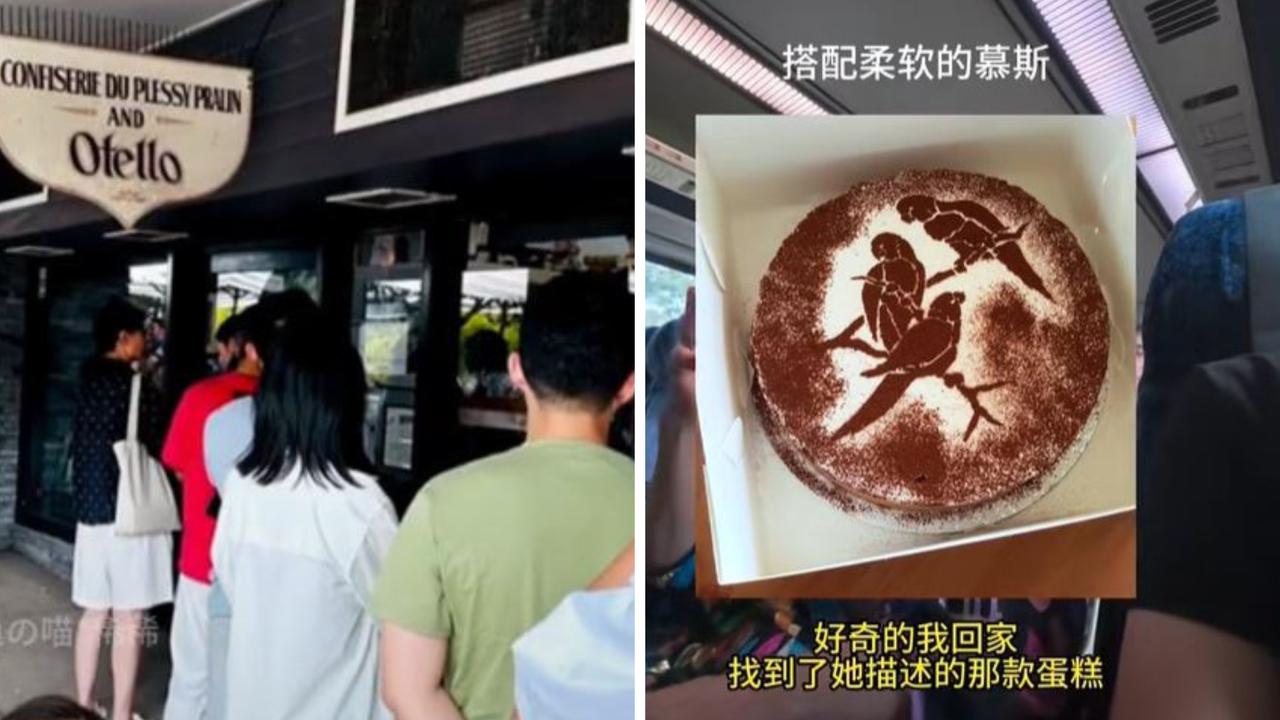Our wildlife is in crisis
More than three billion animals were harmed in the Black Summer bushfires of 2019/2020, and in what was an un-ignorable wake-up call. They still need your help.

Lifestyle
Don't miss out on the headlines from Lifestyle. Followed categories will be added to My News.
“When I was a kid, you used to see Willy Wagtails absolutely everywhere,” laments John Grant, media officer for wildlife rescue organisation WIRES. “These days, it’s much less frequent.”
More than three billion animals were killed or harmed in the Black Summer bushfires of 2019/2020, and in what was for many an un-ignorable wake-up call. Finally, we can no longer look away.
“Before the fires, the biggest donation we’d ever received was $70,000,” he continues, “then during the bushfires, Barack Obama tweeted his support, and asked people to donate. Suddenly, after the fires, we’re giving away a million dollars at a time. It’s just been mind-blowing.”
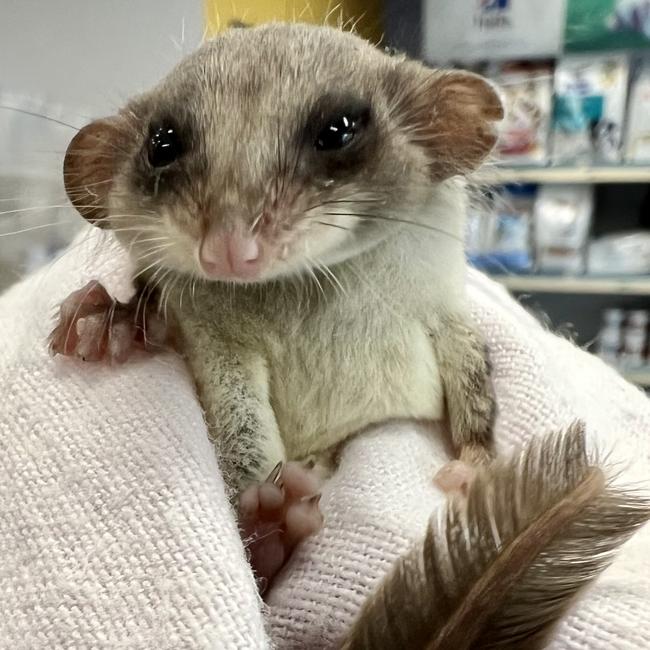
A study published in Australian Zoologist found 45 per cent of Australians valued wildlife rescue services more since the fires, but according to John, there’s another element that has brought that feeling of responsibility quite literally into people’s backyards.
“Something really interesting happened during (the pandemic),” he reveals.
“All of a sudden, we’re getting calls from people saying ‘I’ve seen this – I’m not sure what it is, I’m not sure if it’s safe’. It was extraordinary how many people became so much more aware of wildlife, and more invested in protecting it once they were home all day.” The concept that Aussies can help create wildlife havens at a grassroots level is one that the National Parks and Wildlife Foundation is leveraging with its Backyard Buddies project, an educational initiative that aims to help anyone and everyone make small but significant changes to their homes to help protect native wildlife. “If we can educate people at home, and get them excited about what happens in the National Parks (which is the protection of threatened species of flora and fauna),” begins David Goldman, brand impact and revenue director for the Foundation for National Parks and Wildlife, “then we could be more successful in our national goals”.
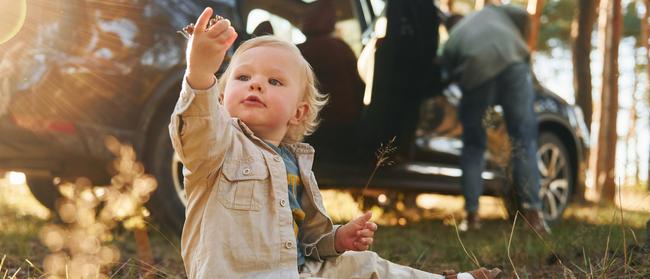
The program provides free, step-by-step instructions online to create projects like backyard big bird habitats, bee hotels, microbat roosting boxes and more.
David says at its core, the concept recognises that urban homes and neighbourhoods need to respect that they are part of the ecosystem as well. “The idea came from the fact that there is a natural corridor between people’s backyards and national parks,” he explains.
This merging of urban design and natural landscapes is also on the upswing in the architecture world. The ‘rewilding’ trend – bringing nature back into our cities and suburbs – was on full display at this year’s Houses Awards, with entries across virtually all categories featuring new and innovative ways to invite green space in.
Autumn House – a collaboration between Melbourne’s Studio Bright and Eckersley Garden Architecture – took out several top gongs including Australian House Of The Year. And it all started, explains founder Mel Bright, with a tree.
“The design comes from working around a really beautiful existing tree that we wanted to keep,” she says, “this tree is not just wonderful for our clients and their site, but for the whole neighbour- hood. It’s got huge birdlife in it and the branches spill out over the whole laneway. And so, we really liked that this very special tree would be retained for the neighbourhood to continue to enjoy.”

On the concept of creating nature havens in our cities, Mel believes it’s as much about what we don’t build as what we do.
“I’m a sort of closet landscape architect,” she admits, “so I’m always looking for ways to design houses that prioritise a relationship with landscape no matter how small the build. We try to build less. So rather than maximising sites and building right to the boundary with huge houses and big airconditioning units, we’re more interested in smaller, quality homes that have beautiful outlooks that retain as much green space as possible. It helps with the comfort of the house, but it also helps the heat load of the neighbourhood.”
This heat load was something The Climate Factory (climatefactory.com.au) founder Edwina Robinson knew she wanted to do something – anything – about, even before the fires. “2019 was Australia’s driest year on record,” she explains, “and I knew I wanted to do something around climate and landscape, I just wasn’t sure exactly what.”
The ‘what’ came in the form of an idea sparked by a TedTalk by a man named Shubhendu Sharma.
“He was talking about how he was making tiny forests, and based his method on a Japanese botanist named Akira Miyawaki who planted really densely,” the NSW landscape architect continues, “and I just went – ‘that’s what I want to do. That’s what I’m going to do.’”
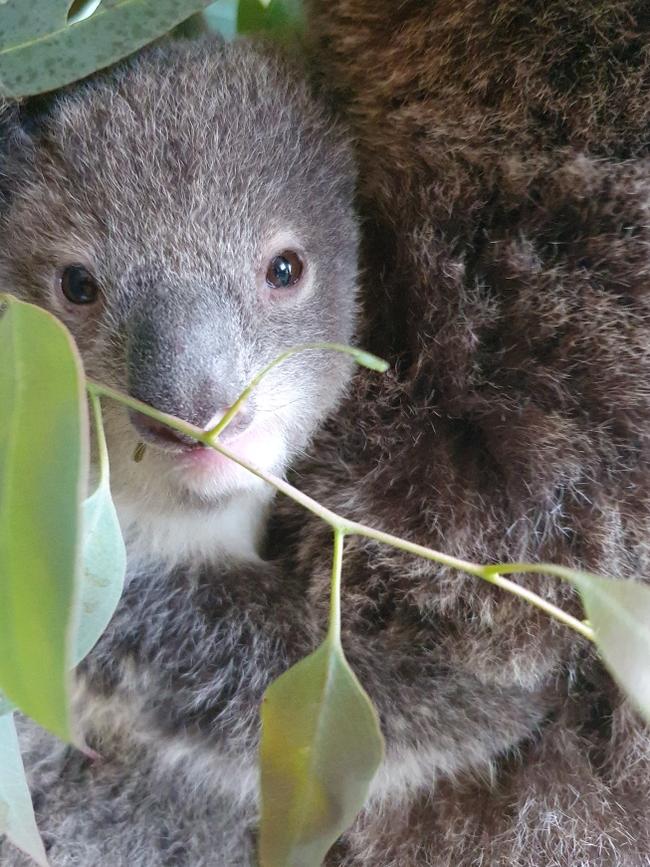
The idea behind these fast-growing, biodiversity-boosting forests is simple yet inspiring: by planting these temperature-cooling (Edwina calls them “heatwave havens’”) patches of greenery, grassroots greenies are hopeful that they can start to offset the “urban heat island” effect. “The micro-forest model draws community together with a sense of purpose,” says Edwina, “it empowers communities to make change at a neighbourhood scale. As it grows, the micro-forest will store carbon, reduce park temperatures and provide habitat for wildlife.” The self-titled ‘chief micro-forest maker’ has successfully created three tiny forest projects in Canberra’s North, and her next endeavour – a micro-forest in Morouya, on the NSW South Coast, has launched a crowd-funding campaign. She’s joined by a host of passionate volunteers – mostly, she says, young parents who want to do something about the climate for their kids’ sake.
“It’s really about planting hope,” offers Edwina, “I’ve got adult sons, and no grandchildren yet, but I want to be able to say to any grandkids I do have, that I at least gave it a crack.”
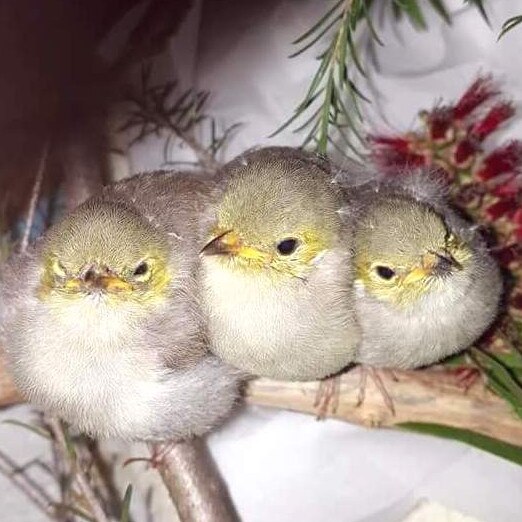
As well as her community microforests, Edwina created a 90 sqm version in her own backyard – and here she shares how you can too.
Choose your site: ensure it gets at least five hours of sunlight per day and consider winter shading implications.
Decide on your plant community: “You will need to choose your plants, from ground covers to the tallest trees and those in between,” explains Edwina.
Get your ground ready: “A soil pH of 6-7 is good for most Australian plants,” she says, “then you’ll need to weed and lay down mulch: Forest Litter is best.”
Plan for irrigation: “Can you direct water from other parts of the garden to the micro-forest? If not, I recommend you install drip irrigation – the brown stuff with built-in drippers. It’s pretty easy to install – even I can do it!”
Protect your plant-babies: “Dogs, chooks, cockatoos and kids – plants need to be protected from all of them. Once you’ve done that, watch them grow.”
We share our suburbs and cities with hundreds of wildlife species … here’s how to be a better neighbour to our fauna friends.
Plant a native garden: WIRES says shrubs and trees such as grevilleas, eucalypt, banksias and bottlebrush are great for nectar-feeding birds like rainbow lorikeets, while dense shrubs work for smaller birds like blue wrens.
Share a drink: “Provide water in shallow containers on very hot summer days,” advises WIRES. “Just ensure you clean them regularly to avoid the spread of any viruses. Place them in a raised area where possible so the birds feel safe while drinking and bathing.
Build a bee hotel: You don’t have to construct a new dwelling – with some clever tips from Backyard Buddies, you can create an Air B’n’BEE with existing materials. (https://backyardbuddies.org.au/habitats/build-a-bee-hotel)
Originally published as Our wildlife is in crisis


